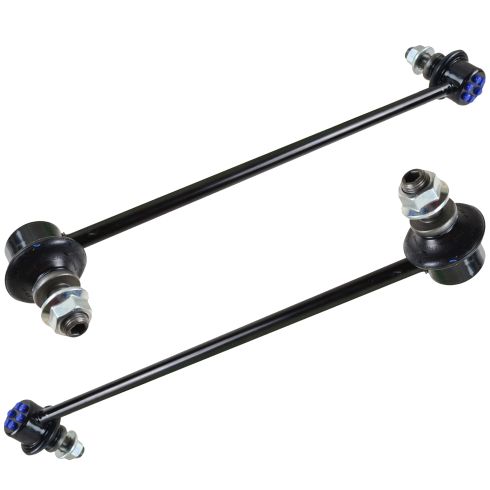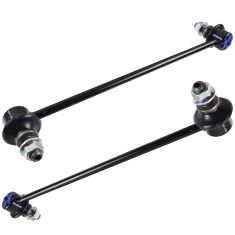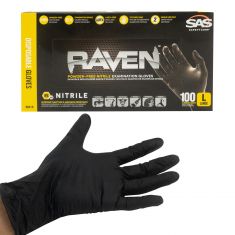HOSFK00007-Honda Odyssey Pilot Acura MDX Front Driver & Passenger Side 2 Piece Sway Bar Link Set Honda OEM 06513-S0X-A00

Replaces
2001 Honda Odyssey Front Driver & Passenger Side 2 Piece Sway Bar Link Set Honda OEM 06513-S0X-A00

Frequently bought together
Product Reviews
Loading reviews
5.00/ 5.0
2
2 reviews
April 5, 2022
Guaranteed parts
Honda Pilot. 2011
August 25, 2022
Excellent product. Exactly what you would expect for 1AAuto. Thanks
Customer Q&A
No questions have been asked about this item.
Honda is a registered trademark of Honda Motor Co., Ltd. 1A Auto is not affiliated with or sponsored by Honda or Honda Motor Co., Ltd.
See all trademarks.














